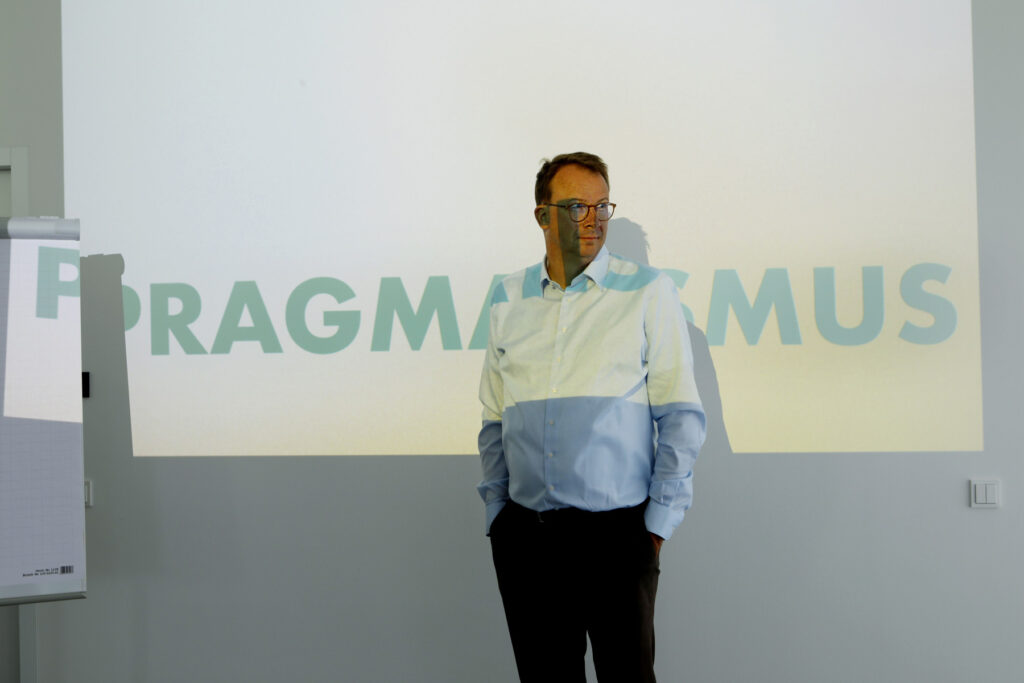Objectives of E3’s strategy process
A strategy process is all about translating a company’s aspirations and desired positioning into strategic goals, creating measures to make them operational, and implementing them. Like products, however, strategies have a life cycle (which ideally ends with achievement of the strategic goals). Regular reviews are required (of the positioning / level of implementation), and sometimes, adjustments.
The strategy process is all about asking the right questions, engaging in tricky discussions about direction and course of action, and generating confidence in the measures implemented by management.
E3 Group’s rolling annual strategy process is a key component of the operating framework, and highly relevant for company performance. It aims to
- create common ground between E3 (as the investor) and the group companies (i.e. the investees), to make better decisions whilst avoiding micromanagement;
- minimise the time and resources invested in strategy development and financial planning, without compromising quality;
- develop reliable plans, getting many executives and employees involved;
- establish a continuous learning culture (e.g. standardisation of processes, establishing best practices within the Group) to improve business results.
The rolling strategy process serves the following goals:
- coordinating financial planning and management processes between investor and investees,
in terms of content and timing (coherent operationalisation from strategy to budget); - taking available industry, market and client intelligence systematically into account (completeness, coherence);
- holding regular (quarterly) strategy events to obtain better decisions
(the joint assessment of information, course of action, direction, and procedures helps create mutual understanding); - using the same set of planning and strategy tools to facilitate discussions;
- creating a “common language” between investor and investees;
- anchoring the pursuit of excellence in the rolling strategy process;
- the desire for continuous improvement enters budget planning via the strategy process;
- establishing standardised strategy events and processes to increase efficiency;
- introducing recurring milestones, which are based on the same contents and formats, to reduce the workload, whilst achieving higher quality (learning curve) and planning certainty (reliable deadlines);
- laying the groundwork for improved communications, both internally and externally.




